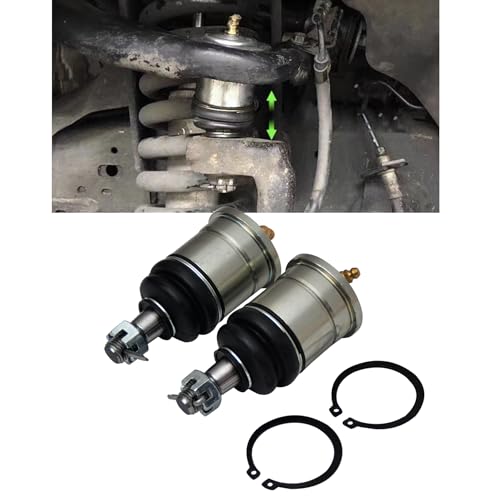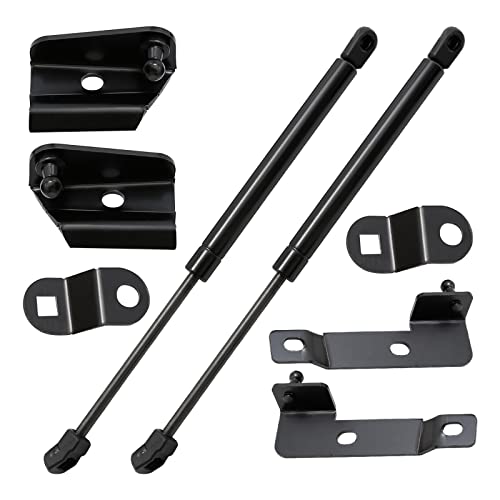How do they do this?
I'm pretty sure, once conected together, the battery's should equalise, then charge/act as one battery.
As far as I am aware that is the difference between a solenoid system and an isolator. My terminology is probably wrong here but for want of something better I'll go with it. A solenoid is a direct pass through allowing both batteries to charge together, an isolator as suggested by the name isolates the two batteries so they can act independently, however most if not all isolators allow for them to act together as well for things like cranking from the aux battery. If the isolator sees that the voltage of the main battery is over x volts it will allow the second battery to be charged where as below x volts the isolator will stop or slow down the charging rate to ensure the main battery is getting as much as possible. A solenoid only system doesn't allow for this it shares the charging voltage with both batteries.
Something which may not be entirely relative to this case that I thought of last night was that a fridge going off and setting off an audible alarm doesn't automatically mean the battery is flat or dead or unusable. Most fridges will have circuitry in them that will tell them to stop drawing current when the voltage it receives is less than a pre set figure (from memory I think we adjusted mine to 11.9). Once the battery stops feeding a the desired voltage to the fridge the fridge will automatically switch off to prevent it from draining the battery further. Rapid discharging of batteries (as when a fridge is running) could easily hurt a good battery so these fail safes are used to make sure that doesn't happen, however just because your fridge turns off doesn't always mean the battery is flat. If you plug a low voltage globe into the battery that no long runs the fridge you can probably get hours of light out of it. The same globe can run a battery down a lot further and a lot more often without fear of ruining the battery than something like a fridge, so most fridge manufacturers put the safety feature into their designs.
Some things to remember is that flat isn't always dead, 12 volts or higher doesn't always mean good, current is quite often more valuable to know than volts, batteries and cables must be chosen for the task you want them to do (there is no one size fits all), your cars system isn't stupid and can variable charge a battery and with an isolator between your batteries you can have the two batteries act independability.
But as I think we've hashed out here over the last 3 pages the most important thing is to ensure that your earth is a good earth. While I subscribe to the earth back to the source theory for aux batteries if this isn't possible always ensure the earth is clean of paint, rust and dirt.
Glad you found the problem gadgets.

























